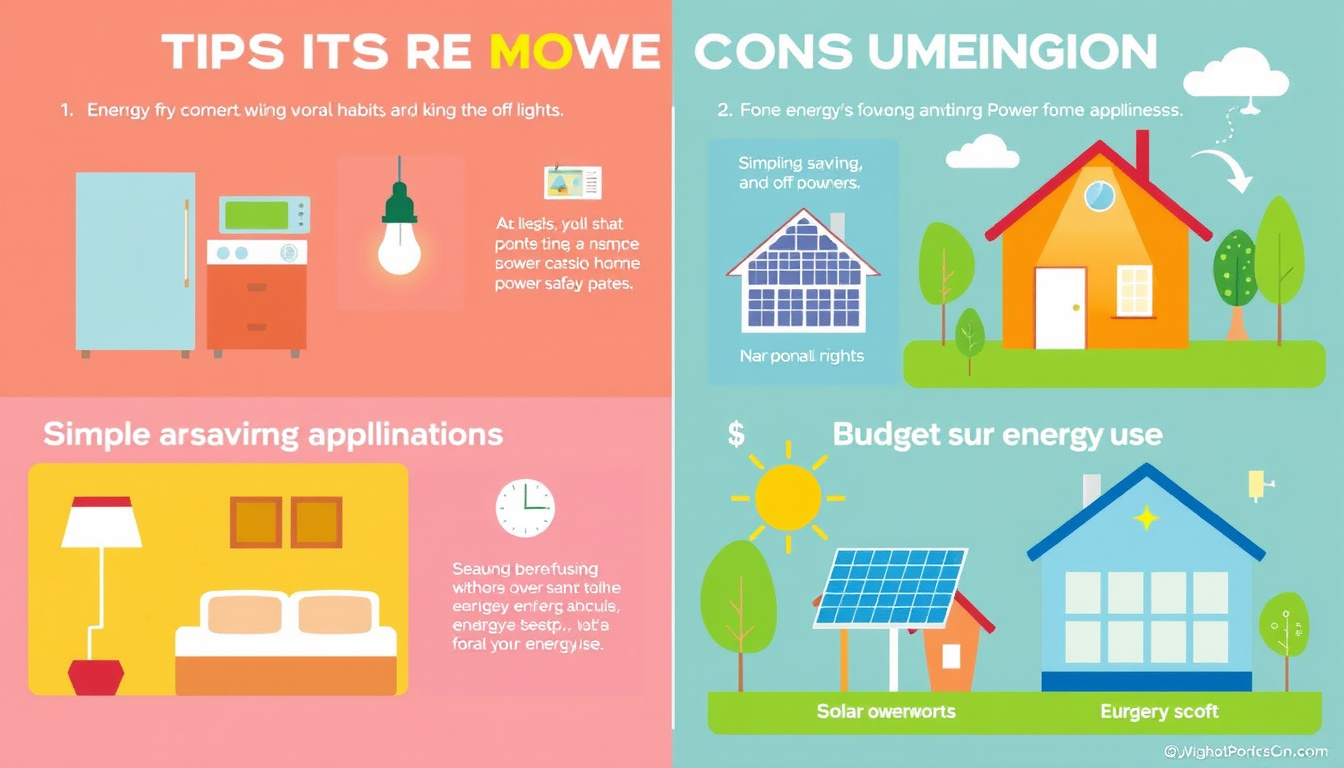Power consumption is a crucial concept impacting both household expenses and environmental sustainability. Understanding how power is consumed and finding ways to reduce it not only leads to substantial savings on energy bills but also contributes to a more sustainable future. This guide delves into the basics of power consumption, methods to calculate it, and practical strategies to minimize it in both residential and commercial settings.
Understanding Power Consumption
What is Power Consumption?
Power consumption refers to the amount of electrical energy used by devices over time, typically measured in watts (W) or kilowatts (kW). It indicates how much energy appliances consume during operation, which directly translates to costs on your electricity bill.
One of the fundamental principles of power consumption is that no device is 100% efficient; energy is frequently lost in the form of heat, sound, or electromagnetic radiation. For example, incandescent light bulbs convert only a fraction of energy into light, wasting much of it as heat.

Calculating Your Power Consumption
To effectively manage your energy usage, it’s vital to estimate your power consumption. Here are the steps to calculate it:
-
Identify Appliance Wattage: Most appliances have a wattage label indicating their maximum energy draw. This can be found on the product or in the manual. If unable to locate it, online resources or electricity usage monitors can provide this information.
-
Estimate Usage Time: Determine how long each appliance operates per day. For instance, if your refrigerator runs continuously, estimate its on-cycles, while other devices may need logs of usage.
-
Calculate Daily and Annual Consumption: The formula to estimate energy usage is:
[
\text{Daily kWh} = \frac{\text{Wattage} \times \text{Hours Used}}{1000}
]
To find annual consumption, multiply the daily usage by 365 days:
[
\text{Annual kWh} = \text{Daily kWh} \times 365
] -
Estimate Costs: To estimate how much your appliances cost to operate, multiply the annual kWh by your electricity rate, typically expressed in cents per kWh:
[
\text{Annual Cost} = \text{Annual kWh} \times \text{Cost per kWh}
]
For example, using a kettle rated at 1500 watts for one hour daily would yield an estimated yearly cost of around $60, based on average electricity rates.
Strategies to Reduce Power Consumption
1. Upgrade to Energy-Efficient Appliances
Investing in ENERGY STAR-rated appliances can lead to significant energy savings. These appliances use 20-75% less energy than their standard counterparts and provide long-term cost benefits despite a higher initial cost.
2. Optimize Heating and Cooling
Heating and cooling systems account for a large share of home energy consumption. Adjusting your thermostat to a more moderate temperature (68°F in winter and 78°F in summer), along with using programmable or smart thermostats, can help maintain comfort while lowering energy bills.
3. Embrace Smart Technology
Devices like smart thermostats and programmable power strips allow homeowners to better manage their energy usage. Smart home technologies enable remote access to temperature settings and help reduce phantom loads—energy consumed by devices when they’re turned off but still plugged in.
4. Switch to LED Lighting
Replacing traditional incandescent bulbs with LED bulbs can reduce lighting costs by up to 75%, as LED bulbs are far more energy-efficient and have a longer lifespan.
5. Unplug Idle Devices
Many electronics draw power even when not in active use. Unplugging devices or using smart power strips to cut power to multiple devices at once can mitigate this phantom energy usage.
6. Regular Maintenance
Keep appliances and systems well-maintained to prevent efficiency loss due to dust buildup or wear and tear. Regular checks on HVAC systems, for example, can ensure they operate at peak efficiency.
Conclusion
By understanding and managing power consumption, both homeowners and businesses can achieve significant savings and contribute to environmental conservation efforts. With a mix of calculated strategies, effective planning, and the adoption of energy-efficient technologies, it is possible to unleash a new era of efficiency in energy use, enhancing overall well-being and sustainability. As energy prices continue to fluctuate, becoming proactive about power consumption is not just prudent—it’s essential.



